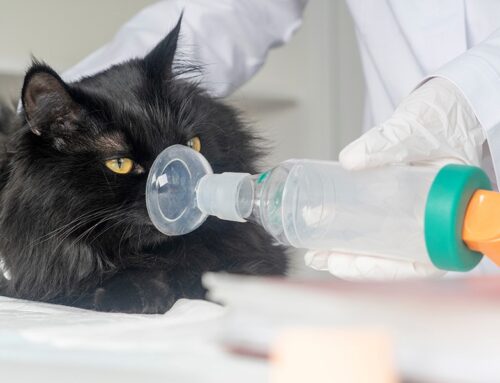Bringing a rescue pet into your life is a rewarding experience that can change your home for the better! However, the adjustment period for a new pet, particularly one from a rescue background, can be challenging for both of you.
With some patience, understanding, and structure, you can help your new pet feel safe, loved, and at home in no time.
Here are some tips to guide you through this exciting journey.
1. Create a Quiet, Comfortable Space
When your new pet arrives, provide a quiet, comfortable area where they can retreat and rest undisturbed. For dogs and cats, this could be a cosy bed or crate in a quieter room. Rescue animals may feel overwhelmed, so creating a small “safe zone” allows them to get used to the new sights and smells at their own pace.
2. Set a Routine Early On
Rescue animals thrive on routine. Structure provides comfort and predictability, which is crucial for pets adjusting to a new environment. Set regular mealtimes, play sessions, and quiet time, and try to maintain a consistent schedule. This predictability helps reduce anxiety and builds trust between you and your pet.
3. Give Them Space to Adjust
Its natural to want to shower your new pet with love, but too much too soon can be overwhelming. Allow them time to approach you on their terms. Speak softly, move slowly, and avoid direct eye contact initially to avoid intimidating them. When they do come forward, offer gentle pets and treats to build positive associations.
4. Introduce Family Members Slowly
If you have other pets or family members, introduce them gradually. For dogs and cats, start with scent introductions—let them sniff each other through a closed door, for example, before face-to-face meetings. For children, teach them to be calm and gentle, and always supervise interactions with new pets.
5. Use Positive Reinforcement
Rewarding desired behaviours is key to building trust. Reinforce good behaviours with treats, praise, or play to help them learn the rules in a positive way. Avoid punishment, as rescue pets may have a history of trauma and can be sensitive to negative reinforcement.
6. Be Patient with Training
Rescue pets may not have had previous training or may need to relearn some basics. Start with foundational skills like sit, stay, and recall, and be prepared for accidents or setbacks. Patience and consistency are key; don’t hesitate to consult a trainer if you need extra guidance, especially if behavioural issues arise. We work with a great behaviourist so don’t hesitate to ask for a recommendation.
7. Schedule a Vet Visit
After the initial settling period, bring your rescue pet into Forestside Veterinary Clinic for a health check-up. This allows our veterinarians to assess their overall health, discuss diet and preventive care, and help address any concerns. A vet visit can also provide reassurance for you, knowing your pet is on the right path to wellness.
8. Enjoy the Journey!
Adjusting to a new home can take days, weeks, or even months, but every small step is progress. Celebrate those milestones together, no matter how small. Watching your rescue pet blossom into a confident, happy family member is one of the most rewarding aspects of adoption.
By approaching each step with empathy and patience, you’ll build a trusting, loving bond that lasts a lifetime. Forestside Veterinary Clinic is here to support you and your new family member every step of the way!



